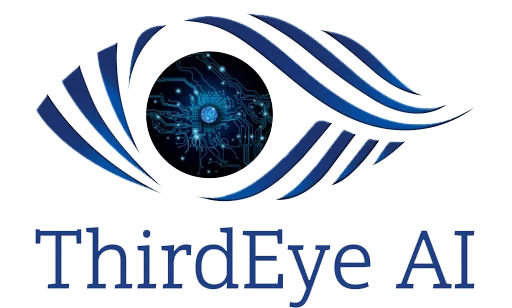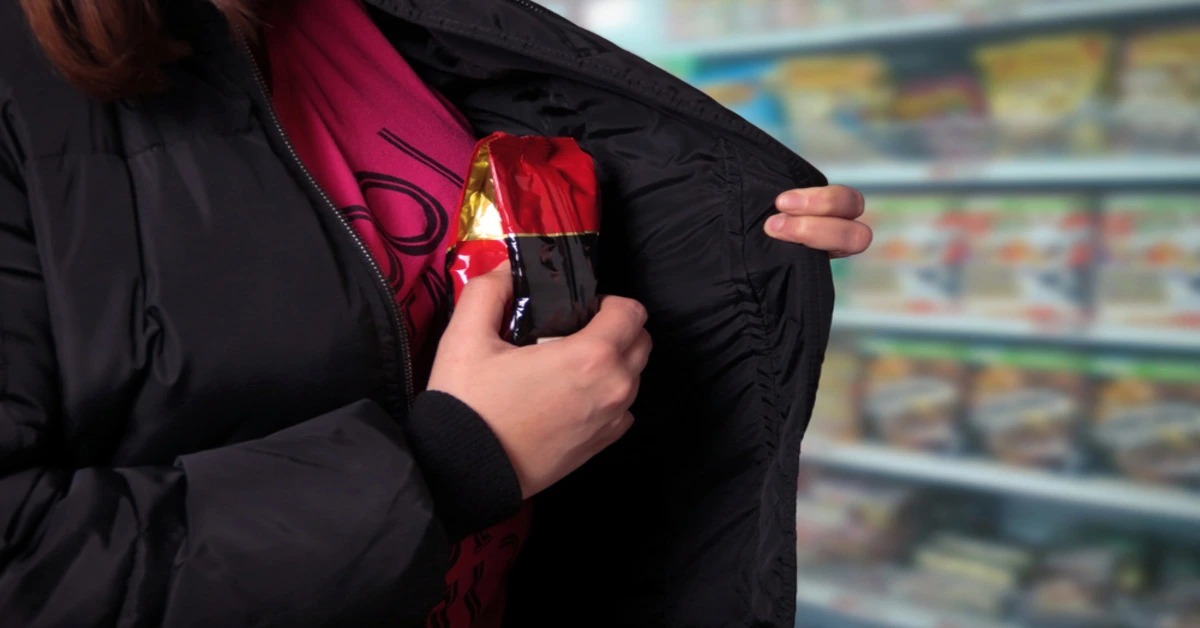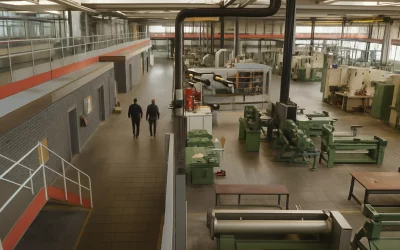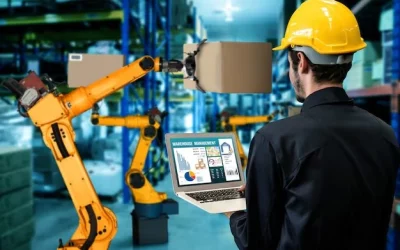Retail theft has always been a big problem for store owners and security teams. Traditionally, theft detection systems have relied on CCTV cameras, manual monitoring and security personnel to deter and catch thieves. However, these traditional methods, while useful, are far from reliable. They often require extensive human intervention, are prone to human error, and can miss subtle behaviors that indicate theft.
As technology advances rapidly, artificial intelligence (AI) and computer vision are changing the way retailers deal with theft, providing smarter, faster and more effective ways to protect their stores. AI based shoplifting detection is reshaping retail security, making it more proactive and accurate than ever before.
The Challenges of Traditional Theft Detection
Financial Losses: Theft has a direct impact on the bottom line, costing retailers billions annually.
Resource allocation: Continuous manual monitoring and employment of security personnel diverts resources from activities that are based on higher value.
Negative customer experience: Heavy surveillance can make customers feel uncomfortable, affecting their overall experience.
Legal Implications: Failure to prevent theft can lead to legal problems, especially in cases of organized retail crime.
Organized Retail Crime (ORC): Professional shoplifters are becoming increasingly sophisticated, making it harder for traditional systems to detect and prevent theft.
Damage to reputation: Frequent incidents of theft can erode trust and damage a business’s reputation.
Security risks: In some cases, shoplifting can escalate into violent situations that endanger employees and customers.
AI Theft Detection: A New Era of Retail Security
Anti-theft detection system combines the power of artificial intelligence and computer vision to monitor store activity in real time and detect potential theft with high accuracy. These systems not only record footage, but immediately analyze it and identify suspicious behavior patterns that could indicate theft, such as
- Unusual movements or gestures (eg wandering around high value items).
- Repeated visits to the same area without making a purchase.
- Attempts to remove or hide products in unconventional ways.
These systems learn from vast amounts of data and improve their accuracy over time, reducing false alarms and ensuring that genuine theft attempts are flagged. Unlike traditional systems, AI shoplifting detection doesn’t just rely on visual footage – it can integrate with other store data, such as inventory management systems, to detect discrepancies or unusual purchasing behavior.
Use Cases of AI Theft Detection in Retail
- Real-Time Theft Prevention: Some retail chains have deployed AI systems that alert staff when suspicious activities are detected in real-time. For example, an AI theft detection system might flag a shopper moving erratically between aisles or handling items in a manner indicative of shoplifting, allowing security personnel to intervene quickly.
- Loss Prevention in Self-Checkout: Self-checkout lanes are notoriously vulnerable to theft. AI systems using computer vision can monitor self-checkout kiosks, identifying actions such as customers skipping barcode scans or deliberately misidentifying high-value items as lower-cost alternatives.
- Automated Monitoring in Large Stores: In large retail spaces, monitoring every corner of the store can be challenging. AI systems equipped with multiple cameras can track customer behaviors across different areas, alerting staff to potential risks even in far corners of the store where human monitoring would be less effective.
Benefits of AI Shoplifting Detection
The advantages of theft detection systems go far beyond simply catching shoplifters. These systems offer multiple benefits that contribute to smarter, more efficient retail operations:
- Improved accuracy: AI systems are constantly learning and evolving, improving their detection capabilities and reducing the risk of false alarms.
- Proactive security: Unlike traditional systems, artificial intelligence can detect potential theft before it happens, giving employees the opportunity to intervene and prevent losses.
- Cost-effective: AI reduces the need for large security teams or constant manual monitoring, reducing operating costs while increasing efficiency.
- 24/7 Monitoring: AI systems don’t get tired, distracted or take breaks. They provide 24/7 monitoring and ensure that no suspicious activity goes unnoticed, even during off-peak hours.
- Seamless integration with retail systems: Auto theft detective can be integrated with inventory management and point-of-sale systems, enabling a comprehensive approach to loss prevention.
AI: Shaping the Modern Retailer
AI-driven theft detection is not just about reducing theft—it’s about creating a smarter, more modern retailer. By leveraging AI, retailers are able to:
- Enhance Customer Experience: AI security allows store employees to focus on providing excellent customer service instead of spending time tracking theft, creating a more welcoming shopping environment.
- Optimize Store Layouts: Data collected by Shoplifting detection software can provide insights into customer behavior and help retailers optimize store layouts to reduce opportunities for theft while improving sales.
- Future-Proof Retail Operations: As AI continues to evolve, so do its capabilities in theft prevention and beyond. Artificial intelligence is becoming an essential tool for retailers looking to stay competitive and protect their stores in a rapidly changing retail environment.
Conclusion
As retail theft continues to evolve, so must the methods used to prevent it. Shoplifting detection systems offer an advanced, cost-effective solution that provides smarter, more accurate security. For modern retailers, adopting AI based shoplifting detection system is more than just a trend- it’s a necessity in building a secure and efficient retail operation. By combining the power of AI and computer vision, retailers can protect their stores, enhance customer experience, and stay ahead in a competitive market.
AI is the key to transforming retail security-ensuring that shoplifting becomes a thing of the past, and smarter retailing becomes the future.




